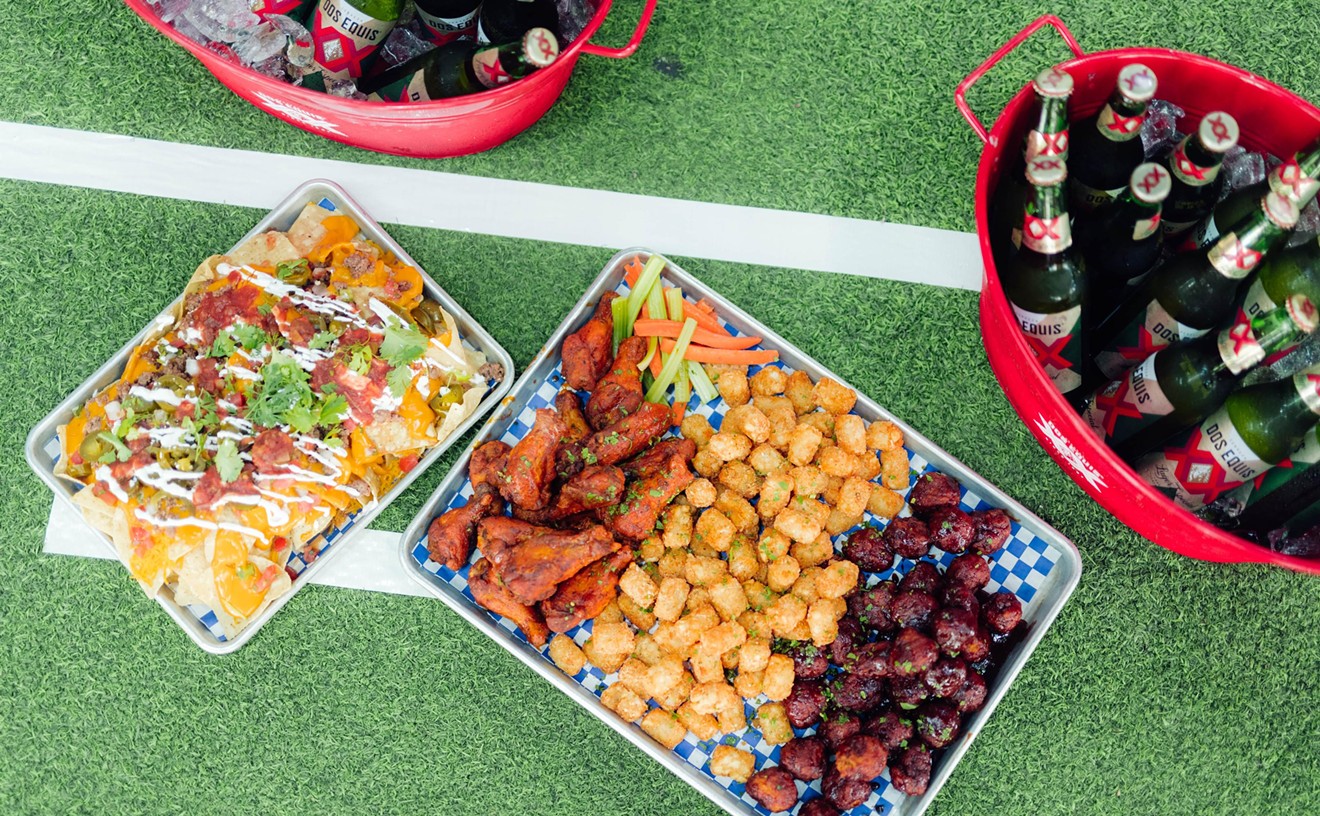Speckled "painted" pinto beans are a staple in kitchens of the Southwest. Did you know that you don't have to buy a bag of no-name pinto beans at the supermarket? Many of our local farmers grow them (and other beans) here in the Valley. The Latin name is phaseolus vulgaris but there is nothing vulgar about this legume. When cooked, pinto beans are soft creamy and the ultimate comfort food. Beans are sort of a perfect food in that they last a while on the shelf (though not forever, they can dry out), contain protein and can be used in so many dishes. Here are a few ideas for cooking and eating this fiber-filled, heart healthy, rootin' tootin', amazing food.
When are pinto beans in season?
They're harvested June through August, but enjoyed all year long.
Selecting, storage and preparation tips:
Beans are dried on the vine, shelled and collected for distribution. Make sure that you give your beans a good once over to make sure that you don't get a teeny stone or anything that is other than completely delicious. I watched a chef on TV spread out their beans on a cookie sheet and look through the entire uncooked portion with a credit card to sort. I think that's a great idea but also quite a lot of effort. I tend to transfer my beans from container to strainer in small handfuls flattening my hand out to search for any rocks. Once I've filled the strainer, I give it a good rinse.
I transfer the rinsed beans into a crock pot (or you could use a large heavy bottomed pot), fill with cold filtered water (about double the depth of beans). For every 1 cup of dried beans, you should yield about 2.5 cups of cooked beans. Discard the beans that float, they're duds.
Cook them on low until done - throwing in some pinches of salt once the water starts to boil. The cooking time will vary. Every so often, eat one. When it tastes good, it's done. If the water starts to dry out too much, add more. The cooking time should be somewhere around 3-4 hours - this is without presoaking which is unnecessary.
I like to stock up my quick cooking pantry by cooking a large pot of beans on a free day at home and then portioning it into "15 oz can sized" containers - that's about 1 ⅔ cups of beans. Sometimes I put them into freezer baggies and freeze them flat so that they can stack nicely but Chef Aaron Chamberlin from St. Francis mentioned his favorite deli containers from Smart and Final at the Downtown Market Summer Cooking Class. They are the 2 cup round plastic containers that are microwave and freezer safe. I am happy to say that my kitchen feels so much more organized since I've started to use these. I write right on the lid what is in it with the date and then there's no playing Russian Roulette with my freezer foods.
The above cooking method is the dead simple version.
If you have a green chile, throw that in. Halve an onion, use it. Throw in a few garlic cloves (no need to chop). Have a frozen ham hock? Do it. It will give you an unreal pot of beans. The Meat Shop ones are unbelievably good. If it's salt cured, you don't need to add salt to your beans. If you're fancy and macrobiotic, you'll add some kombu to aid in digestion.
You might have heard rumors that salting your beans will make them tough. Balderdash. It's not salt, it's acid. So, if you're planning to add tomatoes or salsa or something, don't do it until after they've finished cooking. Salt just gives the beans flavor and it's perfectly ok to add it to the pot early on. I like to add it once the water boils so that it'll incorporate better.
Be sure to take your Beano before your first bite or you might be feeling the effects as your body tries to digest the undigestable complex carb oligosaccharide. Really, it works. Your partner will thank you.
Recipes:
When I was a kid in Tucson, my grandmother Maxine would make her pot of beans and invite me over for bean tacos. She'd flash fry some yellow corn tortillas - just 30 seconds or until pliable, fill them with the whole beans, mash them with a fork, sprinkle with cheese and hand it over. I can't tell you how happy those tacos made my 6 year old self. Sometimes there's nothing better than bean tacos, in my opinion.
Once you've gotten yourself sick on bean tacos and want to move onto another recipe, here area few great ones:
Chili con Chocolate
Chili is always a preferred vehicle to eat beans, especially with lots of crunchy fresh toppings.
Beans, Greens and Cheese Empanadas
If you can find a stray bunch of greens (maybe kale, dandelion or amaranth right now), make this. What an awesome little hot pocket of happy.
Pinto Bean Salad
Here's something fresh with tomatoes, avocado and cilantro. You could easily throw this into a burrito.
Breakfast Burrito
Don't you love breakfast burritos all day long? Me too. In fact, how about right now?
Bean Burgers with Cumin Lime Mayo
Make a bean burger. You know you can sub most any bean for another, right? This is a black bean burger recipe but use pintos, it's ok.
Jennifer Woods is a local food advocate with over 10 years working in the AZ food industry, and currently works for Crooked Sky Farms, a CSA produce farm based in South Phoenix.










